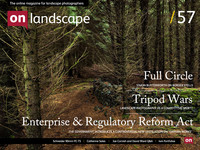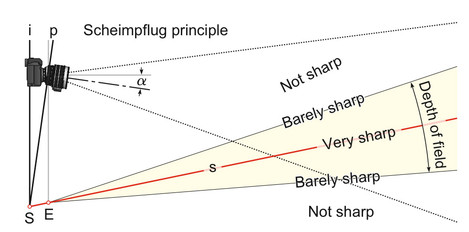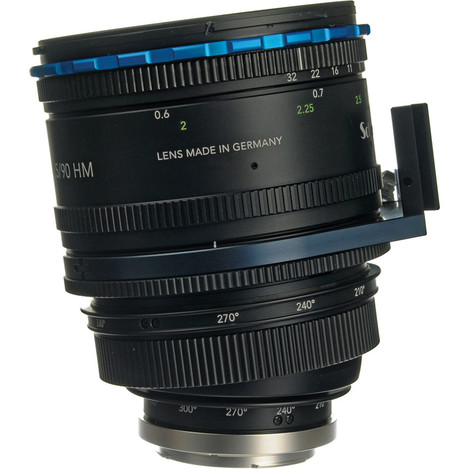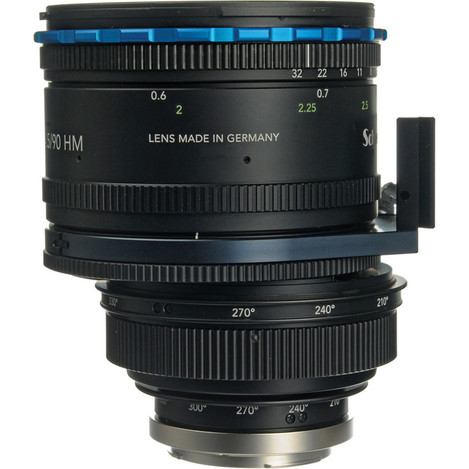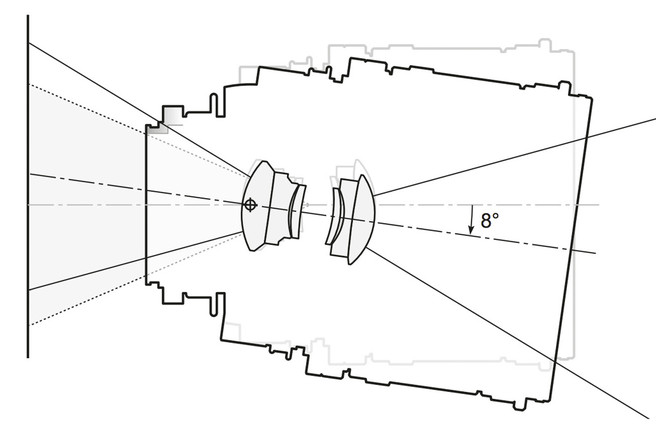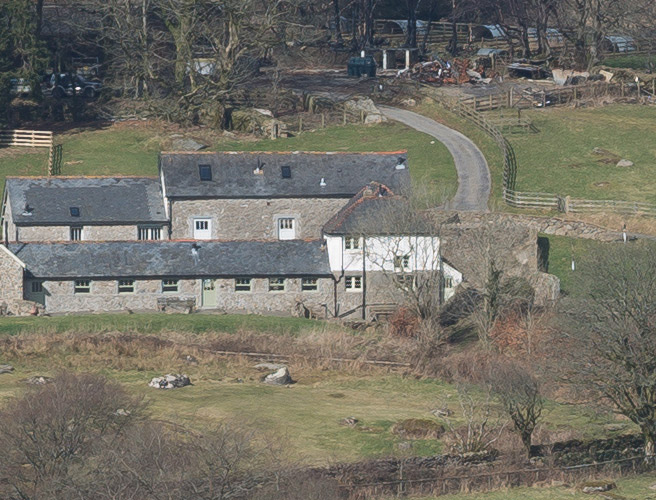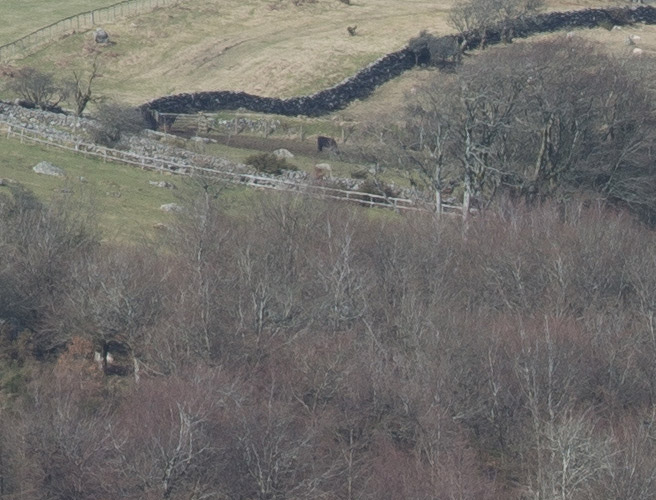A Universal Tilt Shift Lens?

Tim Parkin
Amateur Photographer who plays with big cameras and film when in between digital photographs.
With the rise in camera megapixels we inevitably begin to see the effects of diffraction as our prints get bigger and bigger. Many photographers have started to use techniques such as focus stacking to get the sorts of depth of field required while using sharper apertures such as f/5.6-f/11 but many photographers are also moving to perspective control or tilt shift lenses that allow the photographer to choose where to place the plane of focus, quite often setting the place almost horizontal to give the sorts of near far compositions made famous by David Muench. Setting the plane of focus in this way can give sharp focus across the important parts of the scene even when apertures such as f/5.6 are used.
The classic tilt shift lenses for modern DSLRs are the original Canon 24mm, 45mm and 90mm lenses and the new 17mm and 24mm lenses which show a much improved design (a new 45mm and 90mm are expected late this year).
The Nikon have only their original versions of the 24mm, 45mm and 85mm which although good don’t match up to the new Canon designs (come on Nikon!).
There were very few third party lens manufacturers that make tilt shift lenses. There are a few adapters - the Mirex that we’ve previously reviewed allows the use of Pentax, Mamiya and Hasselblad medium format lenses; the Hartblei lenses which are effectively medium format lenses in custom mounts and the occasional custom setup.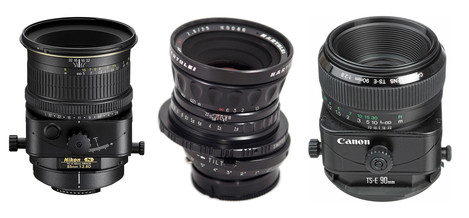
Schneider are currently the only company to offer a ‘universal’ set of tilt shift lenses - at this point they have a 50mm and 90mm plus there will be a 28mm released soon. Robert White kindly loaned us a 90mm in Nikon mount in order to assess the lens and we took it to Devon to test it out.
Review
Now the interesting thing about this lens is the way that they have changed the usual operational controls. Typically a tilt shift lens will have external controls, knobs and screws that either lock the movements and optionally geared knobs to apply movements. The spacing and distribution of the knobs are typically designed for the appropriate camera so they don’t snag on the prism or grip. However Schneider have decided to build the geared controls into radial controls (like the zoom or focus) in order to ensure there is nothing sticking out. This allows the lens to be used on any camera but does have a few side effects that we’ll come onto.
Kudos for Schneider in that they have allowed the tilt and shift to be rotated arbitrarily in relation to each other (and the camera) so perspective control and near/far tilt can be applied or the lens used for near/far tilt and stitching.
The main negative side effect is that the shift only travels in a single direction - this means that it’s really awkward to make stitched compositions. How awkward should be quite clear if you take a look at the video I made whilst using the lens in Dartmoor.
I’ll get the other downside of the lens out of the way first before I talk about the optical qualities of the lens.
Schneider have fitted a lens collar which is a fantastic idea and something that Nikon and Canon could learn from (and why companies try to make contraptions like this http://www.propsolution.de/index.html). This collar should allow simple stitching but with the unidirectional shift, it becomes ‘awkward’. However there is another weakness with the collar in that it’s remarkably flimsy. I noticed considerable movement of the camera when the camera was mounted via the lens foot compared to when the camera was mounted via an L bracket.
See for yourself in the following video.
Optical Quality
Now we get to the good stuff - this is a remarkably good lens based on a simple plasmat design, a modern lens design notable for well corrected aberrations. The results from this lens are very sharp and drop off slowly to very respectable in the corners. We used the Nikon D800 and you can see some of our comparisons on the following pages (it was windy so a couple are a little blurry - in particular the central f/11 - other shots show it to be on a par with the f/8)
The lens was reasonable wide open at f/4.5 but become very sharp at f/8 for the centre and f/11 in the corners.
Now a 90mm lens isn’t the hardest to design but one that renders sharp results over such a wide image circle without chromatic aberrations is very admirable.
Conclusion
This lens could be fantastic and as an architectural lens is excellent. However the difficulty of stitching and the problems with the lens foot make this an awkward lens to operate. If you have the budget and can cope with these faults then it will make an excellent lens and if you don’t have a Canon or Nikon then it’s one of the only choices. However for those on more of a budget, this could be replaced with a mirex adapter and a good standard medium format lens which you’ll probably even get f/2.8 with and easy stitching etc. If you are interested in this lens, please try it out before you buy it as it's not lightweight and is quite enormous (think big medium format lenses).
Things might get really interesting in the near future when Schneider release the 28mm tilt shift lens though (hopefully late summer as Robert White have already had a pre-release to play with). This is the focal length that people really want to use and the lens appears to be based on a medium format optic used on the Phase One system and if it’s good enough for the IQ180 then it’s probably fine for a D800. Let’s hope they don’t price themselves out of the market because they may be the go to tilt shift lens for all non Canon users.
p.s. There's no point putting prices in articles as they date quickly but here's a link to Robert White which currently lists the price as £2,790 (or $4,300 if it was a straight conversion however it's listed in BH Photo Video for $3,100 - "go figure" I think the expression is)

